watchOS 9 preview: A hearty upgrade for workout and sleep tracking
Apple may have the best smartwatch around, but there are still some areas where it lags the competition, particularly in exercise and sleep tracking. With watchOS 9, the company is bringing a robust slate of Workout updates, alongside new watch faces, redesigned apps and the ability to detect sleep zones. Now that the public beta is here, we can get a first look at whether the company can close those gaps.
To install the watchOS beta, you’ll need to have an Apple Watch Series 4 or newer, as well as an iPhone running the iOS 16 beta. That means if you don’t want to risk losing your data, you might want to wait until an official release before updating.
Hearty changes in Workouts
Some of the most impactful updates are in workouts. Apple added pages that present more data when you’re logging an activity, so you can easily keep track of things like your segments and splits or elevations. Of these new screens, my favorite is the Cardio Zones view, while I found the Activity Rings page the least helpful.
It was satisfying to see where my heart rate was during a 45-minute HIIT session, and the Apple Watch displayed that information clearly. There were five zones in different colors on screen, and the one I was in was highlighted. Afterwards, I learned through the Fitness app’s new summary page that I had spent most of the time (about 22 minutes) in Zone 4, and Apple also helpfully displays the heart rate range for each zone.
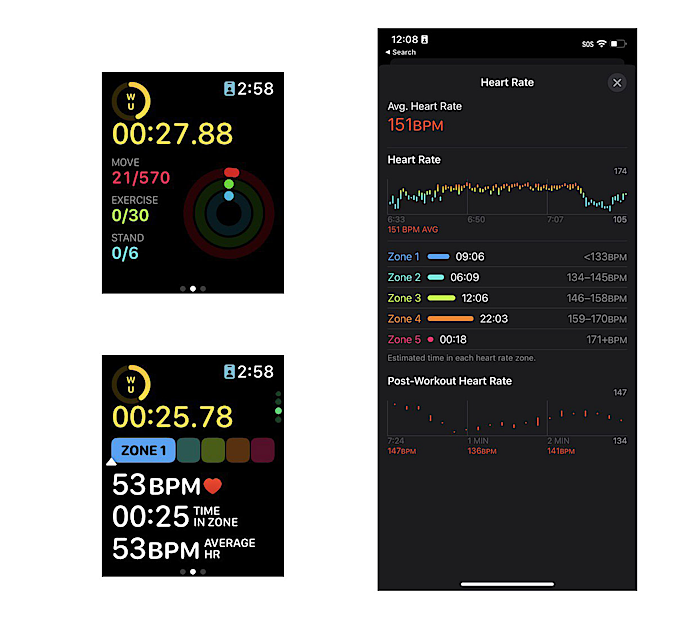
Screenshots
The Cardio view is supposed to be available for all workouts, but I didn’t see it in activities like Yoga, Dance or Cooldown. They do all support the new custom workout feature, though, which lets you create specific goals to focus on during your session. This is much more useful in distance or endurance-related activities like running, cycling, rowing or HIIT, where Apple offers suggested templates like 8 x 400m repeats, 1 mile repeats or 20 min of 20 sec / 10 sec. You’ll get haptic and audio alerts when you hit your target heart rate, distance, calories or time.
You can scroll all the way down to set up your own, but this experience is pretty inconsistent across different workout types. For some activities, you’ll have plenty of options like Pacer, Distance, Calories or Time. For others, like Open Water Swim or Rower, you’ll only see Calories and Time, along with a Custom option that lets you set specific periods of work and recovery.
Not every activity is going to be compatible with distance or pace, so this inconsistency is understandable. Just don’t expect the custom workouts feature to behave the same way for all your exercises.
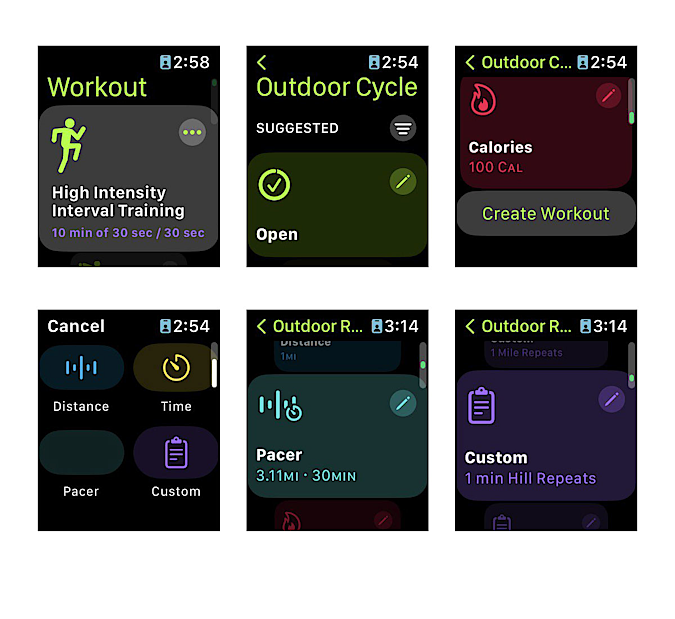
Screenshots
Runners will find a lot of the watchOS 9 tools helpful, though. Apple also added new running form metrics like stride length, ground contact time, vertical oscillation and something it calls Power. That last one measures your responsive energy demand and is displayed as a number of watts. These new metrics are automatically calculated, and are only available during Outdoor Run workouts. You’ll need to be using an Apple Watch Series 6, Watch SE or newer, too.
If you tend to run or bike along the same routes, watchOS 9 can also let you race against yourself in the new Race Route feature. When you complete Outdoor Run, Outdoor Cycle or Wheelchair Run Pace workouts, your iPhone will use on-device processing to group similar routes. The next time you start one of these activities, the Route view will tell you if you’re ahead or behind your typical time, how much distance is left and alert you if you go off your usual path. Apple also added a new Pacer mode that lets you set a target time to complete a distance you specify, and will then guide you to hit the required pace to meet that goal. Garmin and Samsung watches have similar features, so Apple isn’t breaking new ground here, but it’s nice to see come to watchOS.
I don’t usually bike, swim and run within one session, but for triathletes, the new Multisport workout mode makes it easier to switch between the three activities so you don’t have to fiddle with your watch. Apple also added support for Kickboard as a stroke type, and swimmers can see a SWOLF efficiency score on their summaries.
New watch faces and interface
One of the nicer things about each watchOS update is the new faces, which offer a way to refresh your device. This time, Apple not only added the ability to change the background color of existing options like Modular and X-Large, it’s also introducing new Playtime, Metropolitan and Lunar designs. The company redesigned the Astronomy screen, too, and it’s similar to the iPhone version where you can choose between views of the earth, moon or the solar system. Meanwhile, Lunar lets you pick from the Chinese, Hebrew or Islamic calendars to display around the clock.
Screenshots
I never knew how much I’d appreciate having the Chinese Lunar calendar within reach until I added this face. It has Mandarin characters telling me it’s currently the fifteenth day of the sixth month, and I can use this to count how far we are from the next Lunar New Year or my grandmother’s birthday (which my family bases on the Chinese calendar).
Apple also redesigned the calendar app, making it easier to add new events from your wrist. Siri also no longer takes over your whole screen when triggered, instead appearing as an orb floating over the clock.
Because I had set up Medications on my iPhone on the iOS 16 preview, I also received an alert on watchOS 9 when it came time to take my supplement. I could easily log that I had taken my meds, skipped them or snooze the reminder.
Sleep zones and other updates
Speaking of snoozing, Apple also added sleep stage-detection to watchOS 9, using data from the accelerometer and heart rate monitor. It’ll detect when you’re awake, and distinguish between zones like REM, Core or Deep sleep. This feature is way overdue, considering Fitbit has long been able to do this with even its midrange trackers. But while I didn’t get around to testing Apple’s system in time for this preview, I look forward to seeing how it compares when I do a full review.

Screenshot / Engadget
There are some other updates I’d like to spend more time with, too, like the additional metrics when doing a Fitness+ workout. So far, my experience with the watchOS 9 beta has been smooth, and honestly the cardio zones workout view alone has made the installation worthwhile (for a gym fiend like me, anyway). If you’re comfortable with the risk involved in running beta software, and can’t wait till a stable release to get these new features, you’ll likely enjoy what Apple has to offer today.
All products recommended by Engadget are selected by our editorial team, independent of our parent company. Some of our stories include affiliate links. If you buy something through one of these links, we may earn an affiliate commission.
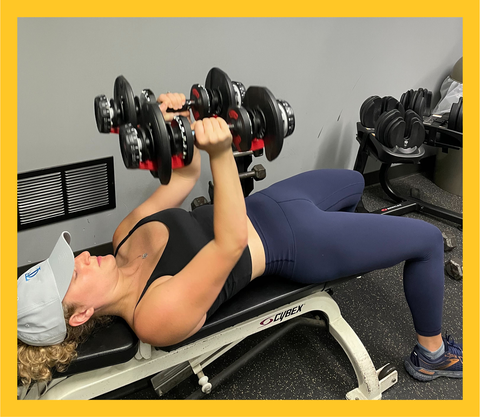
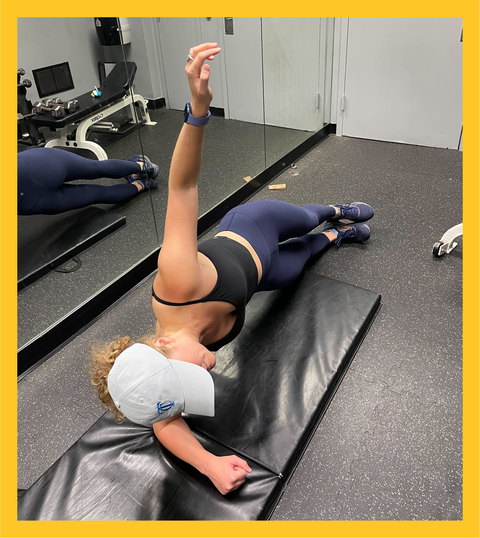
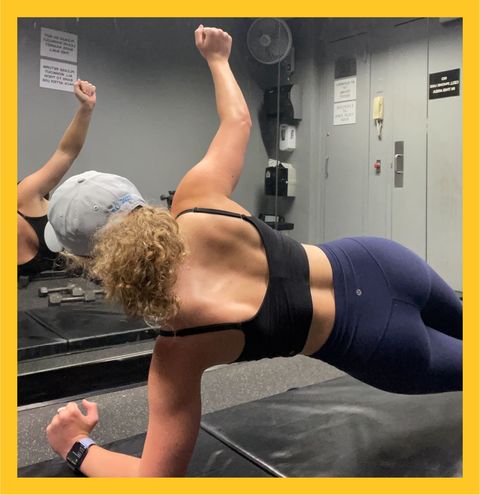


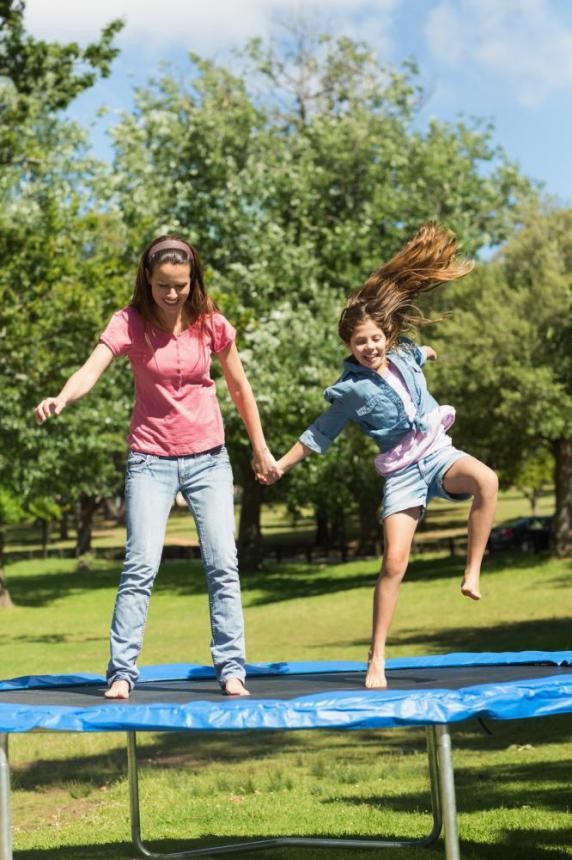
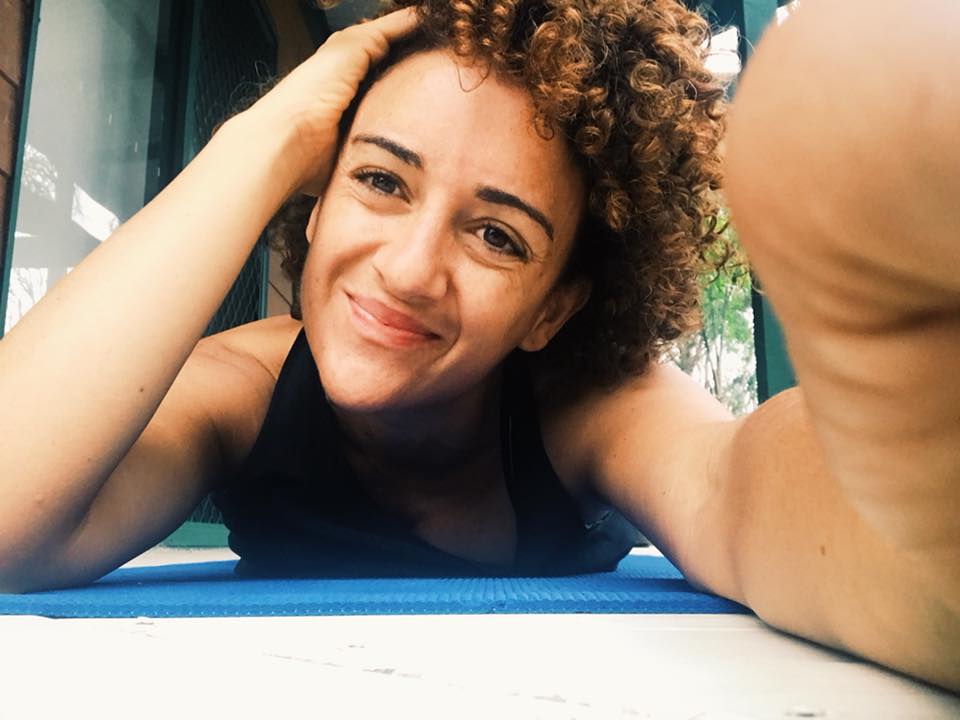
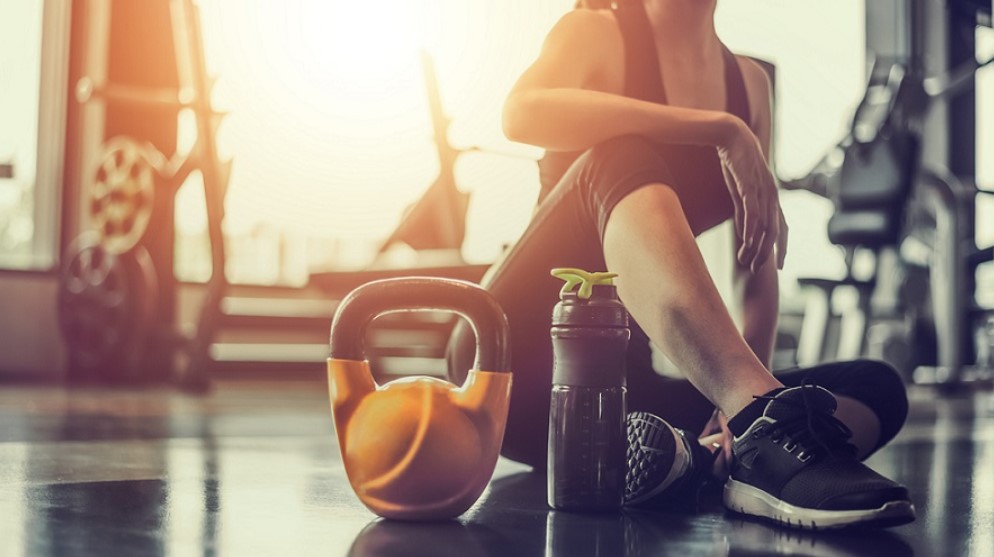

:quality(70)/cloudfront-us-east-1.images.arcpublishing.com/tronc/WZGIWSRHQNAZ5B7LAEQTNUHSSI.JPG)